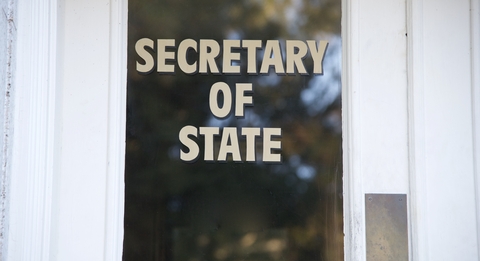Top skills for sharing insights, not just data
It’s an amazing time in the information world. We can Google for answers 24/7, and we don’t need to master Boolean logic to search most premium databases. Finding quality information is no longer just for librarians and other specialists.
Where things get more difficult is putting it all together. Organizing your data from multiple sources, making sense of your findings, and looking at how it relates to you or your clients transforms the information you found into more than just a data dump. Our clients crave insights, and sharing those effectively will set you apart from the do-it-yourselfers and other researchers or investigators.
According to the Big6 model that we’ve been covering in recent posts, Step 5 in the information problem-solving process is about synthesizing and communicating your search results. In this step, you’ll use your critical thinking and technology skills to accomplish these tasks:
Refer to Step 1 – What were your original questions that you identified in the first step? What else came up in the research that might answer the questions that clients didn’t ask? This will help you stay on track and stick to what’s important. Also, identify the best format for results based on what you learned in the beginning. Not everything needs to be in Word or PDF format. For some, a few slides will do the trick.
Identify themes – Group the information according to specific topics, usually based on the key questions. These can be the beginnings of the various sections of your deliverable. Try to be flexible, though, as this could change as you move through the process of creating your report.
Use specialized software – You’ll usually combine documents in different formats, so you’ll need to know how to work with those and package them effectively. In investigations, it’s especially important to password protect reports and send securely. Make sure you invest in what you need and the time for learning.
Write your summary – Don’t send a pile of documents without connecting the dots. Imagine telling the story, keeping your readers in mind and presenting it logically. Summarizing also helps you organize your thoughts and identify additional information gaps or needs. Be brief, and learn the best practices for writing reports.
Make recommendations – What happens next? Based on your findings, would it be a good idea to dig further into the original questions, or maybe you need to answer some new ones that came up during your research. These can be included in your summary under each heading, or you can create a separate page with all recommendations.
Manage expectations – Make sure you and your clients are aware of the limitations of the research. Include disclaimers to explain what might be missing, especially in online research, and let them know what it means when you find nothing. Even finding more information than usual can mean something.
Add supporting documents – Making sure you have permission to share and include only the documents that support your findings. Know the difference between adding something for clarity and turning your report into too much information. I usually separate these documents in an Appendix.
You might be the best researcher or investigator in your area of specialty, and you’ll likely get excellent results. But if you can’t organize and present your findings in a way that makes sense and answers key questions, then you’re just wasting your and your clients’ time.
What tips do you have for sending insights, not data?



